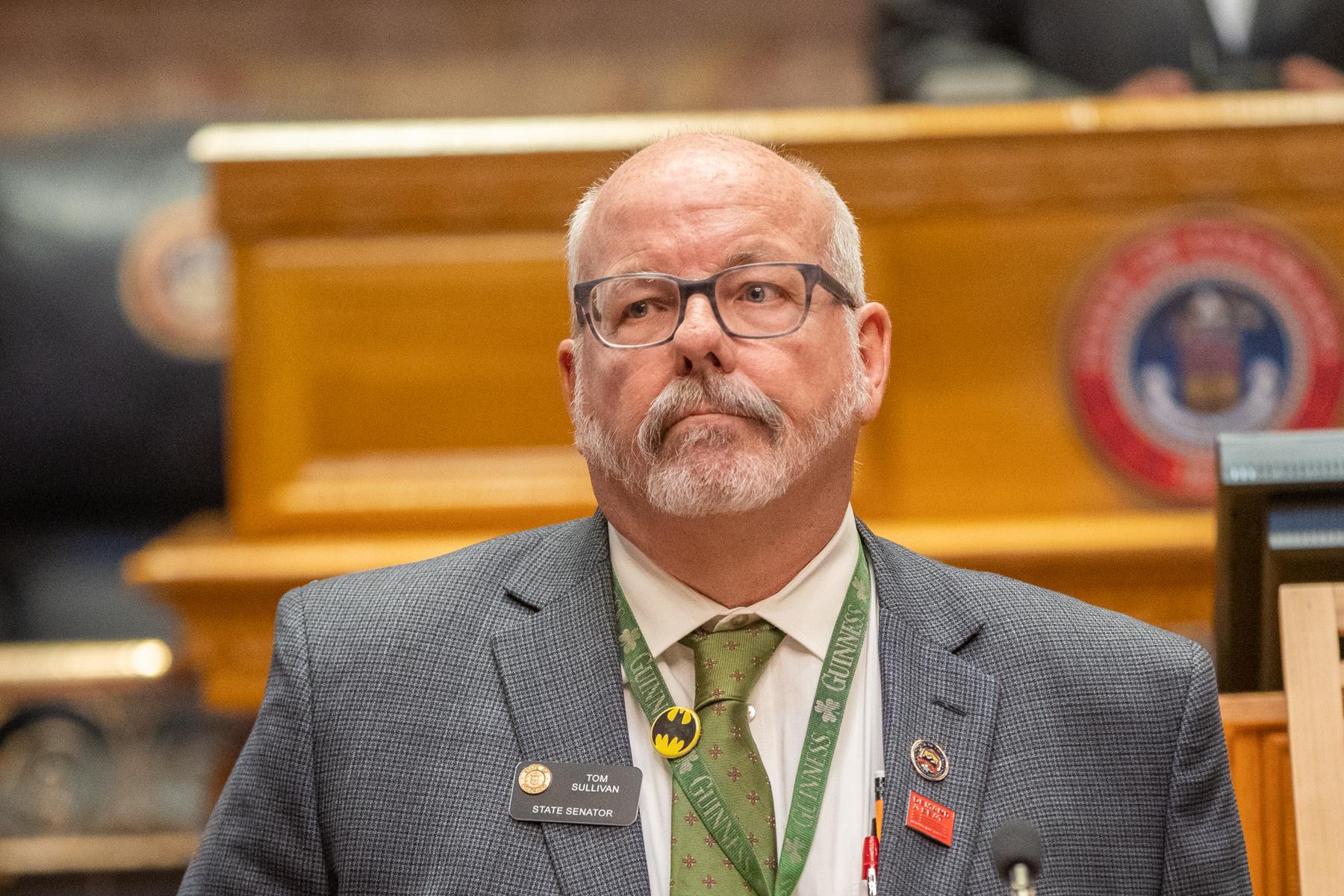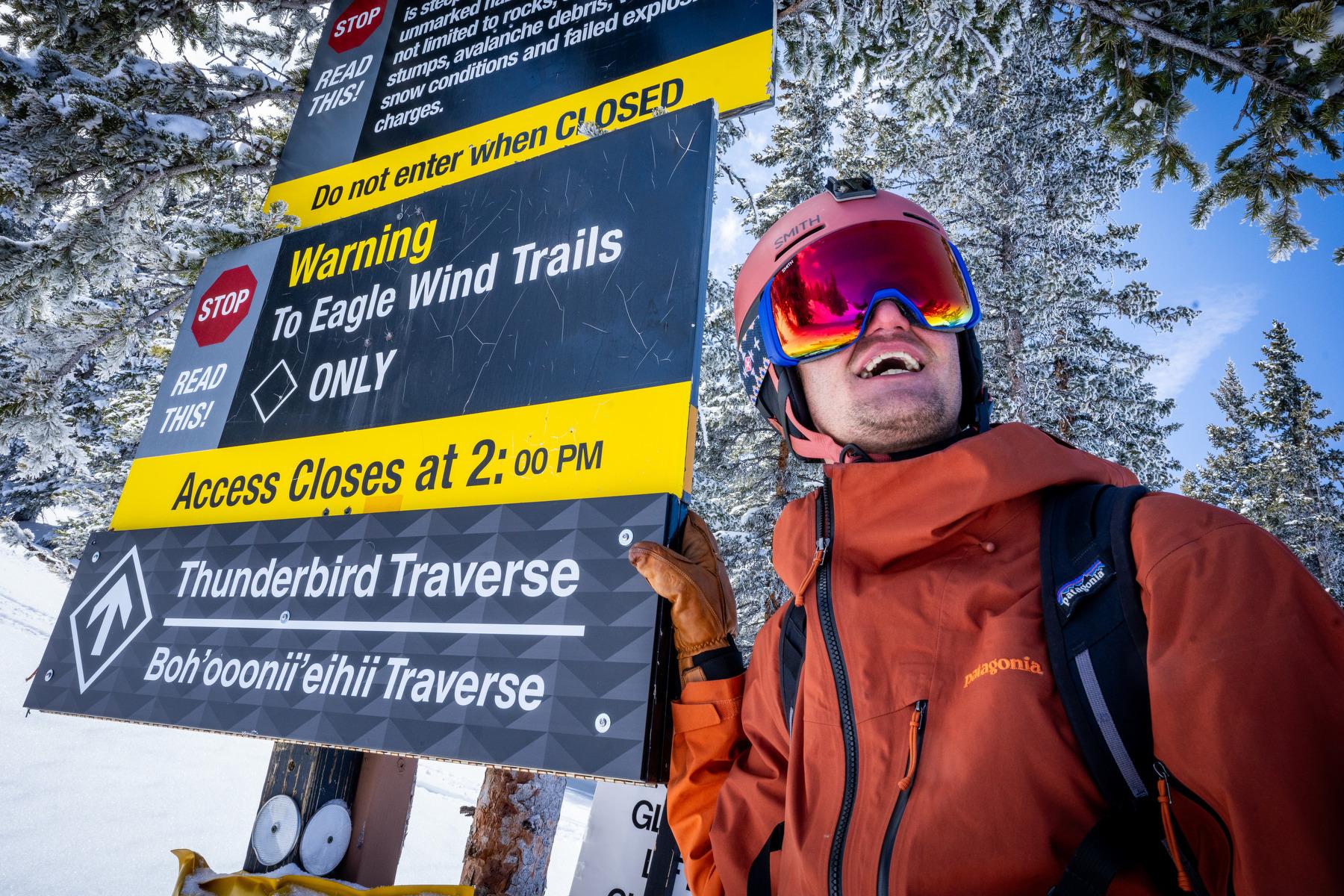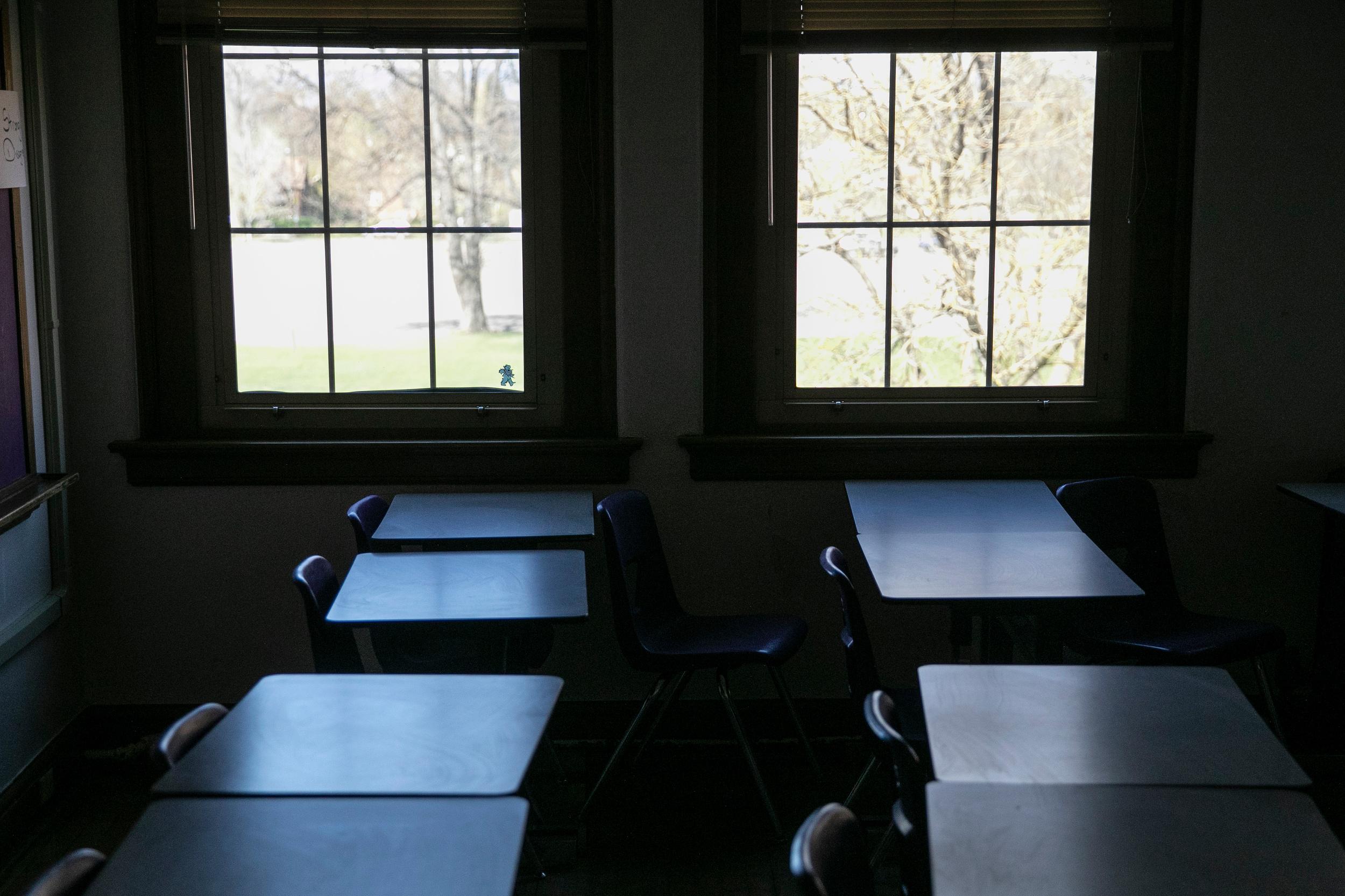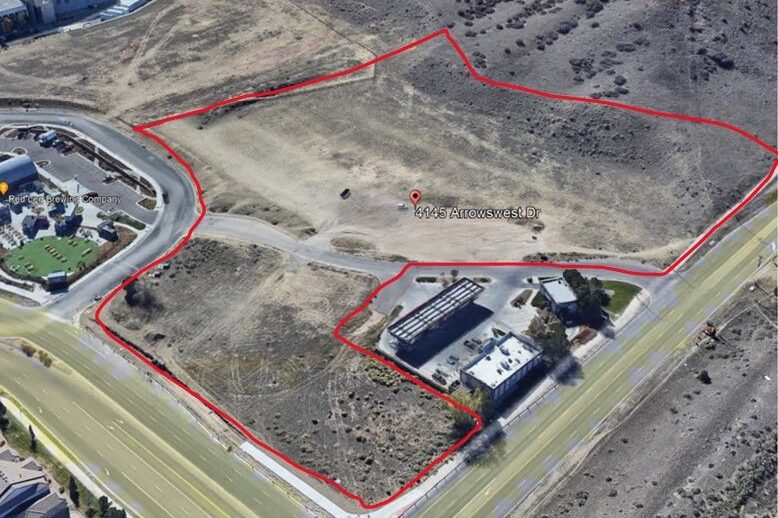
The historic September 2013 flood reshaped waterways across Colorado’s northern Front Range, making major changes to both the manmade and natural environments. Over the past ten months, homeowners, planners and policy makers have grappled with difficult decisions over where and how to rebuild, and when to let Mother Nature take her new course.
Lyons resident Phyllis Casey stands watching the demolition of her home. The sound of heavy equipment along Apple Valley Road in Lyons competes with the rush of North St. Vrain Creek full of spring run-off.
“It took 18 months to build,” says Casey, “and three and a half hours to tear down. It’s pretty sad.”
The creek ran behind her home until last September, when it overflowed its banks, flooded the house, and ended up carving a new channel on the other side.
Casey says the night of the flood, she walked out into waist deep water with her cats and her daughters. “I really didn’t know we were going to be walking through a river—we just thought the river behind us flooded, until we got out in the middle of it and I got knocked down by a tree,” Casey says. “We realized the river is now in front of the house.”
About 100 yards from Casey’s home is another house. The two used to be on opposite sides of the creek, but now they’re on the same side. This second home survived mostly intact.
Boulder County Senior Land Use Planner Bryan Harding says that’s because the builders of the second house buried heavy columns, like dock piers, deep into the ground.
“It was the pier construction of this that really saved this house,” says Harding. “Those piers went down to bedrock. When the water eventually impacted this house, it actually got under the basement level, but that allowed this house to essentially stay in tact. The water didn’t push this house over.”
The creek bank that now runs in front of both properties is being fortified by the county, in partnership with the state and the federal Natural Resources Conservation Service. One of the things they’ve done is bury tree stumps horizontally with their roots sticking out into the water.

“Those are called root wads,” says Julie McKay, manager of Boulder County’s Comprehensive Creek Planning Initiative. “That is a natural technique for stabilizing the stream bank and to some degree managing flow.”
The September flood caused major rerouting in two of the county’s seven creek drainages. McKay says whether or not to leave creeks flowing in their new post-flood locations is one of the critical long-term decisions facing the county.
Another key question is how much to spend on rebuilding infrastructure. For example, McKay says, the county could try to build very expensive, almost indestructible bridges.
“Is that something that collectively we want to pay for and can pay for?,” says McKay. “Or do we have to say you know we’re willing to tolerate that risk? We’re going to protect ourselves at a level that we think's reasonable and safe for the public but we’re not necessarily going to, for example, build a road that will never wash out again.”
To help answer those questions, the Creek Initiative project will develop master plans for each of the county’s seven major creek drainages. They’re holding public forums this summer, and McKay says bringing all the stakeholders together is a top priority.
“Whether you are a property owner who has frontage on the Creek, or you're a public agency who has responsibility for infrastructure or whether you’re a fisher person who wants to go out on the St. Vrain and fish; we all have motivation to come together around these issues.”
But the future is already known for some of the people most directly impacted by the flood, like homeowner Phyllis Casey of Lyons. Casey says she found out in May that because North St. Vrain Creek’s new channel puts her property much deeper into the flood plain, rebuilding is almost impossible.
Boulder County staff say they don’t know exactly how many homeowners were impacted by changing creek flows. But when their creek initiative master planning process is completed this fall, the county and private property owners will have a road map for rebuilding.
Connecting the Drops is a year-long collaboration between Rocky Mountain Community Radio stations and the Colorado Foundation for Water Education with support from the City of Longmont. Find out more at YourWaterColorado.org.








